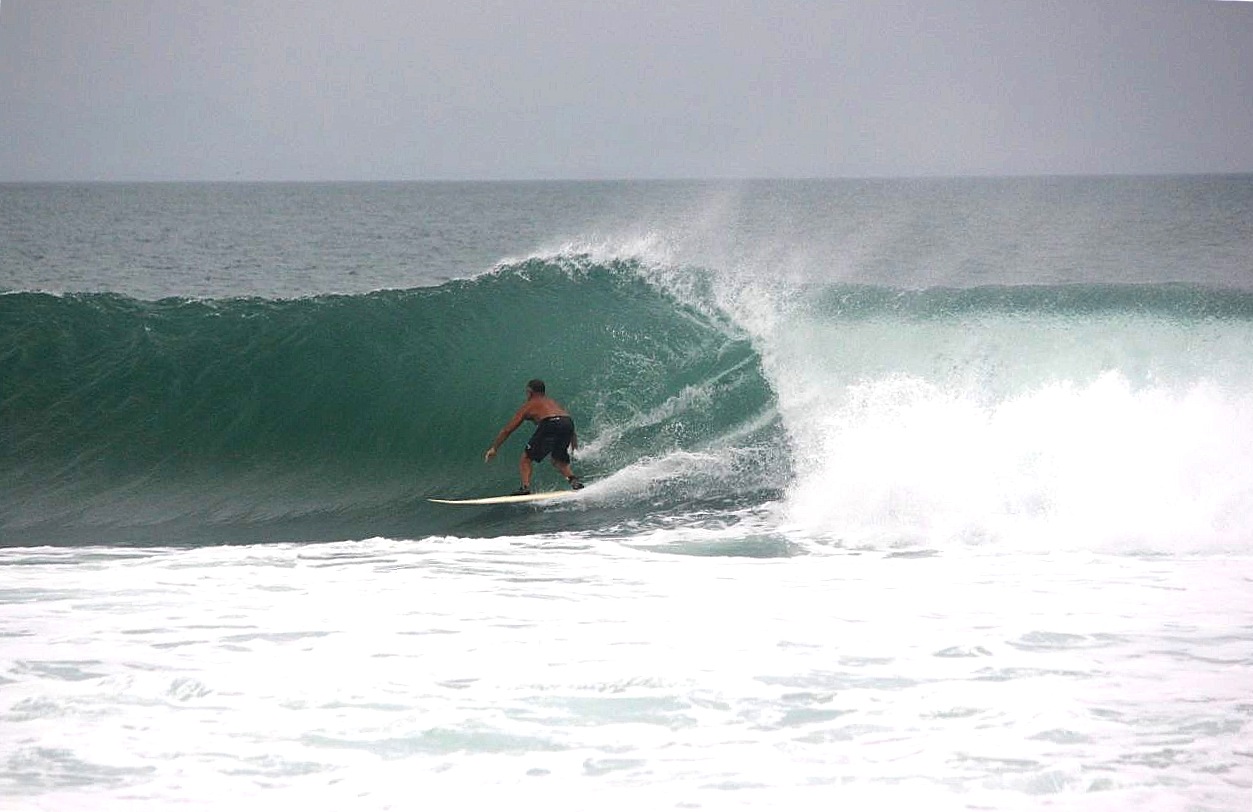8) ISA: What is one of the most valuable lessons you’ve learned during your time exploring new surfing frontiers?
I got shot at on the beach in Sri Lanka during the civil war, surfed with sharks in Kenya, explored the coasts of Tunisia during the turmoil, almost got arrested for surfing the Qiantang river-bore in China, lots of adventures and many mistakes I wouldn’t repeat. I think I now learned to push the limits, but from inside the system, respecting local laws and customs. Teaching surfing in China to kids that have never experienced the beach nor the ocean surely taught me a lot. Just witnessing their first wave, their smiles, and then sharing stories on the beach was something I will never forget. It made me who I am and still motivates me.
9) ISA: You recently published a book, ‘Children of the Tide’, where you explore the ancient origins of wave-riding in China. In summary, what did you discover during your research?
During my Uni studies I kept bumping into detailed descriptions of waves, mostly tidal bores, and references to the art of ‘treading waves’, 踏浪 Ta lang in Chinese. Then in 2006 I found the first evidence of this local pre-contact wave-riding in a Buddhist temple in Yunnan province, 600km from the sea. It was a clay bas-relief of zen monks surfing on fishes, dated 1880. I inquired about their name, in Chinese they were called 弄潮儿 Nong Chao Er, Children of the Tide, so for the past ten years I researched occurrences in poems, dynastic reports and novels. It turned out that China had its own version of wave-riding, starting from the 9th century and peaking during the 13th century. They were mainly surfing the tidal waves of the Qiantang River in Hangzhou, near Shanghai, the biggest in the world, taller than the famous Pororoka in Brazil. I spent extensive time there, in libraries, museums and attending conferences or talking to fishermen, and found out that they kept surfing it until the late 1980s, mainly on wooden finless boards similar to Hawaiian holos. My book reconstructs their story all the way to modern times. Surprisingly their same spot in Hangzhou is now the site of the only bore-riding surf competition, the Battle at the Silver Dragon, organised yearly by Peter Townend and Wabsono, hosting both international and Chinese surf teams.
10) ISA: Where can we read your book?
The book is distributed in digital on amazon here
https://www.amazon.com/Children-Tide-exploration-surfing-dynastic-ebook/dp/B07RN1D53D/ref=cm_cr_arp_d_product_top?ie=UTF8
and you can find it at selected venues like the Surf Heritage Museum in Huntington in California. The printed version is distributed by Cordee, a UK distributor and you can find it by clicking here
https://www.cordee.co.uk/Children-of-the-Tide-det-18-107-107-16276.html
It was totally self-funded, edited by Sam Bleakley and it had great reviews by the intelligentsia of surf culture.



